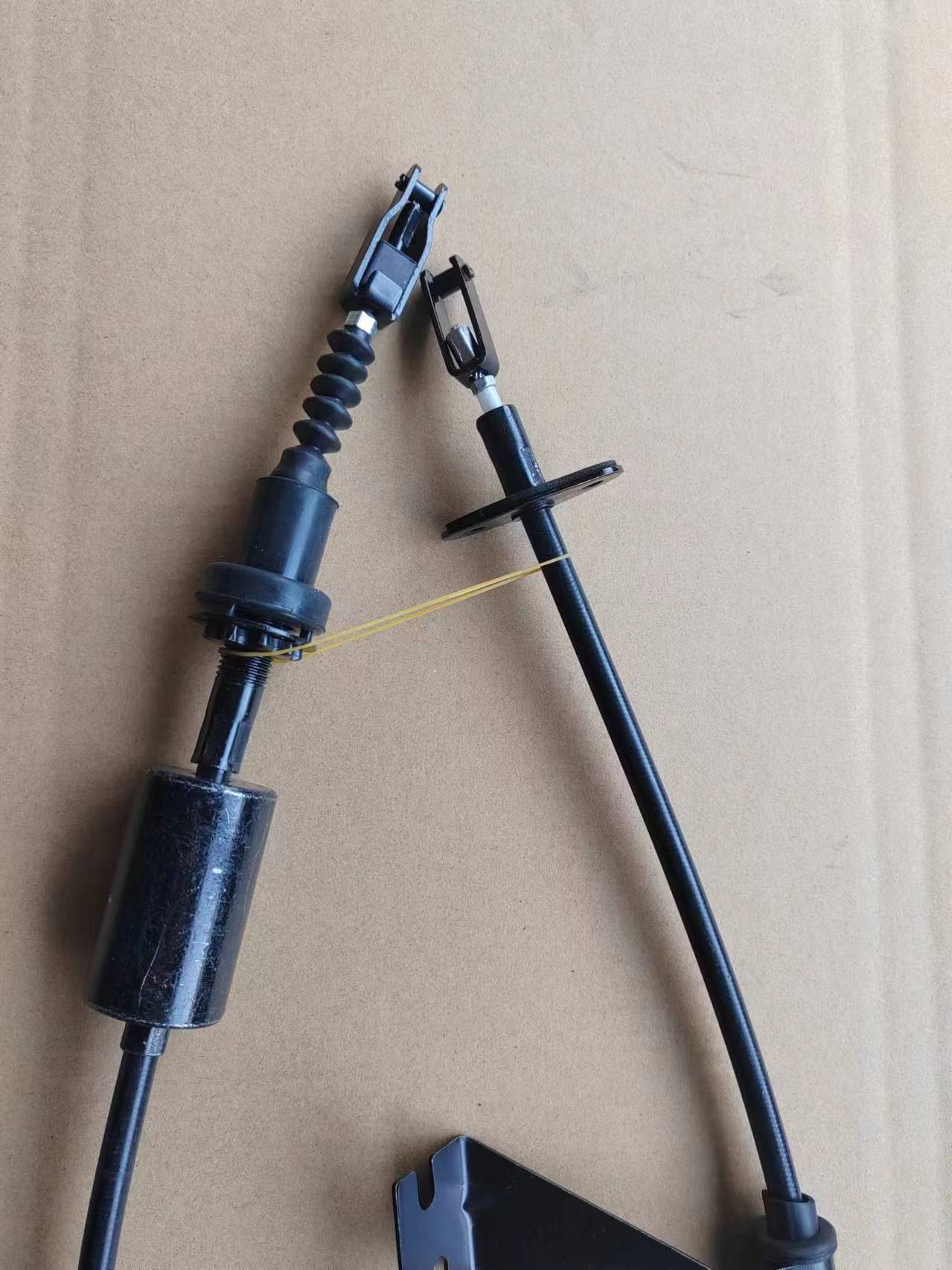accelerator pedal cable
Understanding the Accelerator Pedal Cable Its Importance and Functionality
The accelerator pedal cable is a vital component in the operation of many internal combustion engine vehicles. As a crucial link between the accelerator pedal and the engine’s throttle, the cable plays a significant role in the responsiveness and performance of a vehicle. In this article, we will explore the function, operation, and maintenance of the accelerator pedal cable, as well as the impact it has on driving experience.
What is the Accelerator Pedal Cable?
The accelerator pedal cable is a flexible steel wire housed in a plastic or rubber sheath. Its primary function is to connect the accelerator pedal to the throttle mechanism of an engine. When the driver presses the accelerator pedal, the cable pulls or pushes the throttle, allowing more air and fuel to enter the engine, thereby increasing power and speed. This system is often referred to as a mechanical linkage, although modern vehicles increasingly use electronic throttle control (ETC) systems that eliminate the need for a traditional cable.
The Functionality of the Accelerator Pedal Cable
When a driver presses down on the accelerator pedal, the movement is transmitted through the cable to the throttle body. The throttle body regulates the amount of air that enters the engine, which is crucial for maintaining the air-fuel mixture necessary for efficient combustion. The more the pedal is pressed, the more the cable pulls on the throttle, allowing for greater airflow and, subsequently, increased engine power.
This system offers several advantages, including simplicity and reliability. Mechanical linkages like the accelerator pedal cable are often praised for their direct feedback, giving the driver a tangible connection to the vehicle's performance. Additionally, because the system is largely mechanical, it is less susceptible to electronic failures that can occur in more modern systems.
Common Issues and Maintenance
accelerator pedal cable

Like any mechanical component, the accelerator pedal cable can encounter issues over time. Common problems include fraying, stretching, or a complete breakage of the cable. These issues can lead to sluggish throttle response or, in severe cases, a complete failure of the throttle system, which can be dangerous while driving.
Regular maintenance is important to ensure the smooth operation of the accelerator pedal cable. Drivers should inspect the cable for any visible signs of wear, such as cracks or frays, and ensure that it is adequately lubricated to prevent binding. If any issues are detected, it is advisable to replace the cable promptly to avoid potential dangers on the road.
Modern Alternatives Electronic Throttle Control
With advances in technology, many modern vehicles have transitioned to electronic throttle control (ETC) systems, which utilize sensors and electric actuators instead of mechanical cables. In these systems, when the accelerator pedal is pressed, a sensor sends a signal to the vehicle's computer, which then adjusts the throttle position electronically. This shift has several benefits, including improved fuel efficiency, reduced emissions, and the ability to incorporate features like cruise control and traction control.
However, while ETC systems offer various advantages, they can be more complex and may involve challenges such as electronic failures, which could leave a driver without throttle control. Therefore, understanding both mechanical and electronic throttle systems is crucial for drivers and mechanics alike.
Conclusion
The accelerator pedal cable may seem like a simple component in a vehicle's overall operation, but it holds a significant role in providing drivers with control and responsiveness. Although modern technology has introduced electronic alternatives, the traditional cable system remains relevant in many vehicles, especially in older models. Understanding the function, potential issues, and maintenance needs of the accelerator pedal cable can improve vehicle performance and contribute to a safer driving experience. Whether you are a seasoned mechanic or a new driver, knowing the intricacies of your vehicle's components enhances not only performance but also safety on the road.
-
Workings of Clutch Pipe and Hose SystemsNewsJun.04,2025
-
The Inner Workings of Hand Brake Cable SystemsNewsJun.04,2025
-
The Secrets of Throttle and Accelerator CablesNewsJun.04,2025
-
The Hidden Lifeline of Your Transmission Gear Shift CablesNewsJun.04,2025
-
Demystifying Gear Cables and Shift LinkagesNewsJun.04,2025
-
Decoding Clutch Line Systems A Comprehensive GuideNewsJun.04,2025
